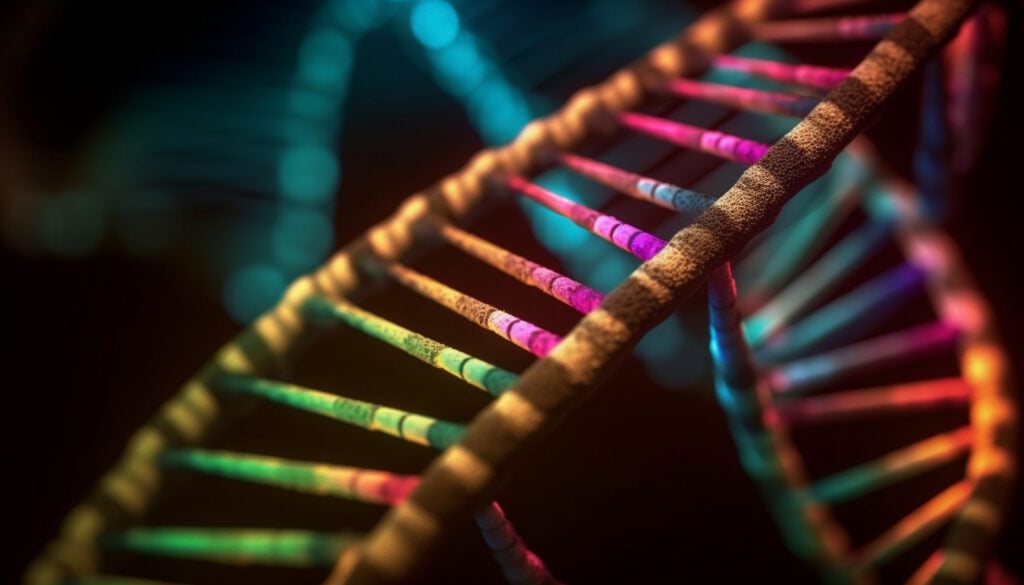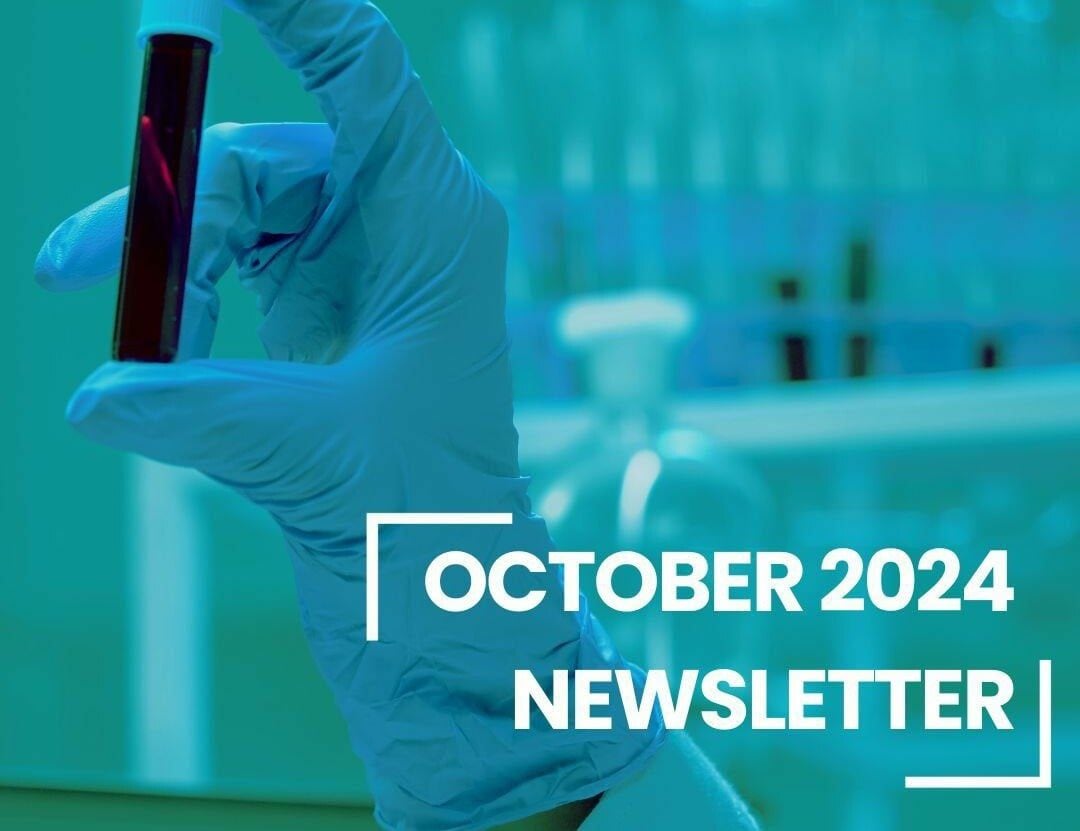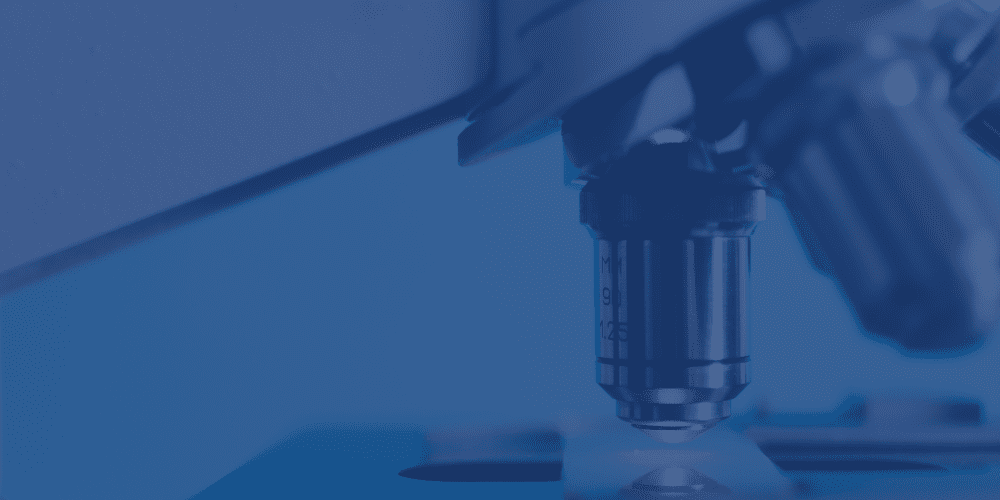
At Target ALS, we believe progress happens faster when science doesn’t sit in silos. That’s why we are thrilled to announce that, as of today, our harmonized HiFi long-read sequencing (LR) data is now live as part of HiFi Solves; a global research consortium uniting 15+ groups across the U.S. and beyond.
This milestone means that researchers worldwide can now mine Target ALS’s data alongside thousands of other genomes, accelerating discovery of the hidden genetic drivers of ALS.
Why HiFi Solves Matters
HiFi Solves was created to tackle a core challenge in genomics: data in isolation is limited. Long-read sequencing has existed for years, but it wasn’t widely applied because of cost and throughput barriers. PacBio has helped solve those problems, making it possible to generate more high-quality data than ever before.
Now, through HiFi Solves, this data is being harmonized and connected across institutions. That harmonization, led by our partners at DNAstack, ensures that researchers are comparing apples to apples, building trust in the insights that emerge.
As Alex Robertson, who has worked on both the PacBio and DNAstack sides of this collaboration and now serves as the Director of Strategic Partnerships at DNAstack, explained: “Short-read sequencing is like solving a 2,000-piece puzzle of Starry Night. Long-read sequencing makes the same picture with 20 pieces. Suddenly, you can see the big picture clearly.”
A Game-Changer for ALS
ALS is complex. Some cases are inherited, others sporadic. Some people develop the disease in their twenties, others much later in life. Many of the answers lie in difficult-to-read regions of the genome, the very regions that long-read sequencing makes accessible.
With long-read sequencing, researchers can:
- Detect repeat expansions like C9orf72
Capture structural variants that influence gene expression - Explore epigenetic changes alongside genetic changes in one assay
The impact? Timelines that once stretched decades can now be compressed into just a few years.
The Power of Harmonized Data
Different labs often analyze sequencing data with different parameters. That can lead to discrepancies, where one group calls a variant and another misses it. Harmonization solves this.
“Harmonization is critical,” Alex explained. “It builds trust in the data. Without it, researchers may hesitate to engage or interpret findings.”
Now, with today’s launch, Target ALS’s HiFi dataset is harmonized and ready, integrated into the HiFi Solves network for immediate use. The collection includes more than 1500 long-read whole genomes and can be found on the Target ALS Data Engine as well as HiFi Solves.
Why Collaboration at Scale Is Essential
Scale is what turns promising leads into real discoveries. A rare mutation in one dataset might look like a smoking gun, until you see that it’s common in another population. Without global comparison, researchers risk chasing false signals.
By connecting our 6,000 planned genomes with the broader HiFi Solves network, researchers can compare ALS data across tens of thousands of genomes, including those studying Parkinson’s, Alzheimer’s, rare diseases, and more.
This means sharper insights, faster elimination of false leads, and a clearer path toward effective treatments.
What Comes Next
Now that our harmonized HiFi data is live, researchers can begin mining the full dataset today. In the coming year, we hope to see:
- New genetic signals discovered in repeat expansions and structural variants
- Better sub-classification of ALS, moving beyond the broad categories of “sporadic” and “familial”
- Potential new biomarkers, paving the way for targeted therapies
As Alex put it: “We’re at a tipping point. If we as a community employ the latest genome technologies with strong data science, I believe this next period will unlock discoveries that used to take decades.”
Target ALS focus is continued expansion of long read sequencing across the ALS Global Research Initiative (AGRI), specifically for C9orf72 cases.
Radical Collaboration in Action
HiFi Solves is about reciprocity: you give data, you gain insights. It’s open science at its best, safeguarding privacy while enabling researchers to ask critical questions and get answers faster.
For Target ALS, this milestone reflects our mission in action: to break down barriers in ALS research by providing tools, resources, and data to scientists worldwide, without strings attached.
As of today, our HiFi long-read sequencing data is part of a global effort to make ALS research clearer, faster, and more connected.
For our Innovation Ecosystem: Explore HiFi Solves and the newly harmonized Target ALS dataset today.
For our ALS community, we share this milestone with you as a step toward faster answers, clearer insights, and ultimately more hope. Every dataset we connect brings us closer to understanding the disease and driving the discovery of effective treatments.




